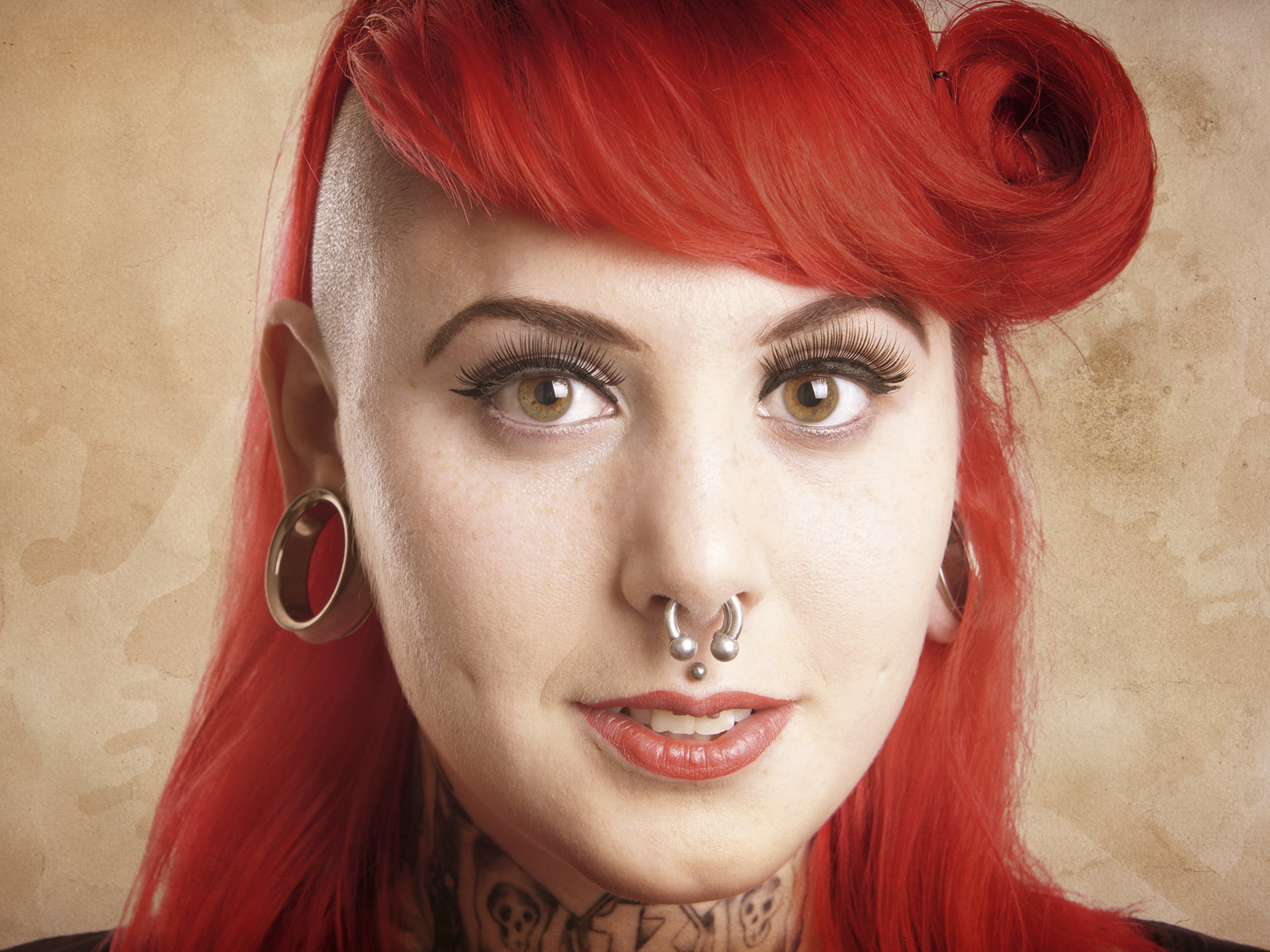Is Body Piercing Unsafe?
My nephew plans to have his ear cartilage and nostril pierced. I think this is terrible and have been trying to dissuade him. What arguments can I use?
Andrew Weil, M.D. | May 18, 2009

In general, I discourage patients from disrupting the integrity of their skin more than absolutely necessary. But body piercing remains popular despite some very real risks – serious infection, such as hepatitis or HIV, as well as bleeding, swelling, scarring, and allergic reactions to the jewelry. The American Dental Association opposes all piercings in the mouth – metal jewelry worn through the tongue can damage gums and chip the enamel surface of teeth. What’s more, you can accidentally swallow jewelry worn in piercings in the mouth or nose.
Young women who have nipple piercings can end up with infections and damage to the milk producing glands in the breasts that can cause problems later when it’s time to breastfeed. The navel is another problem area for piercings – infections may occur due to the irritation from tight clothing. To heal properly, piercings need air.
While most piercings heal in six to 10 weeks, some take considerably longer. The ear cartilage takes four months to a year to heal, the nasal septum, six to eight months and the nipple three to six months.
My advice to those set on piercing is to be sure to select a professional and certified body-piercer trained in safety and hygiene. Ask how long this person has been performing piercings and talk to former customers. Some states license piercers, others don’t, so it may be up to you to find out whether one is properly trained. Ask to see his or her certificate from the Association of Professional Piercers, the organization that establishes safety rules.
Make sure the piercer sterilizes all instruments and uses a new piercing needle for each client. If you’re not sure, ask. A piercing gun should never be used – it can damage tissue and cause infection. The piercer should wear new latex gloves for each client and carefully clean the area to be pierced. Follow the care instructions after the procedure to avoid infections.
Surgical stainless steel, solid 14-karat gold, and other noncorrosive metals are best for fresh piercings. Sterling silver, gold-plated, or gold-filled jewelry should not be used. And never insert jewelry from another person directly into your body.
Another cause for caution: If you’re genetically inclined to form keloids, sausage-like overgrowths of scar tissue that develop where skin is broken, I urge you to forego piercing and find another form of body art, if you’re so inspired.
Andrew Weil, M.D.









